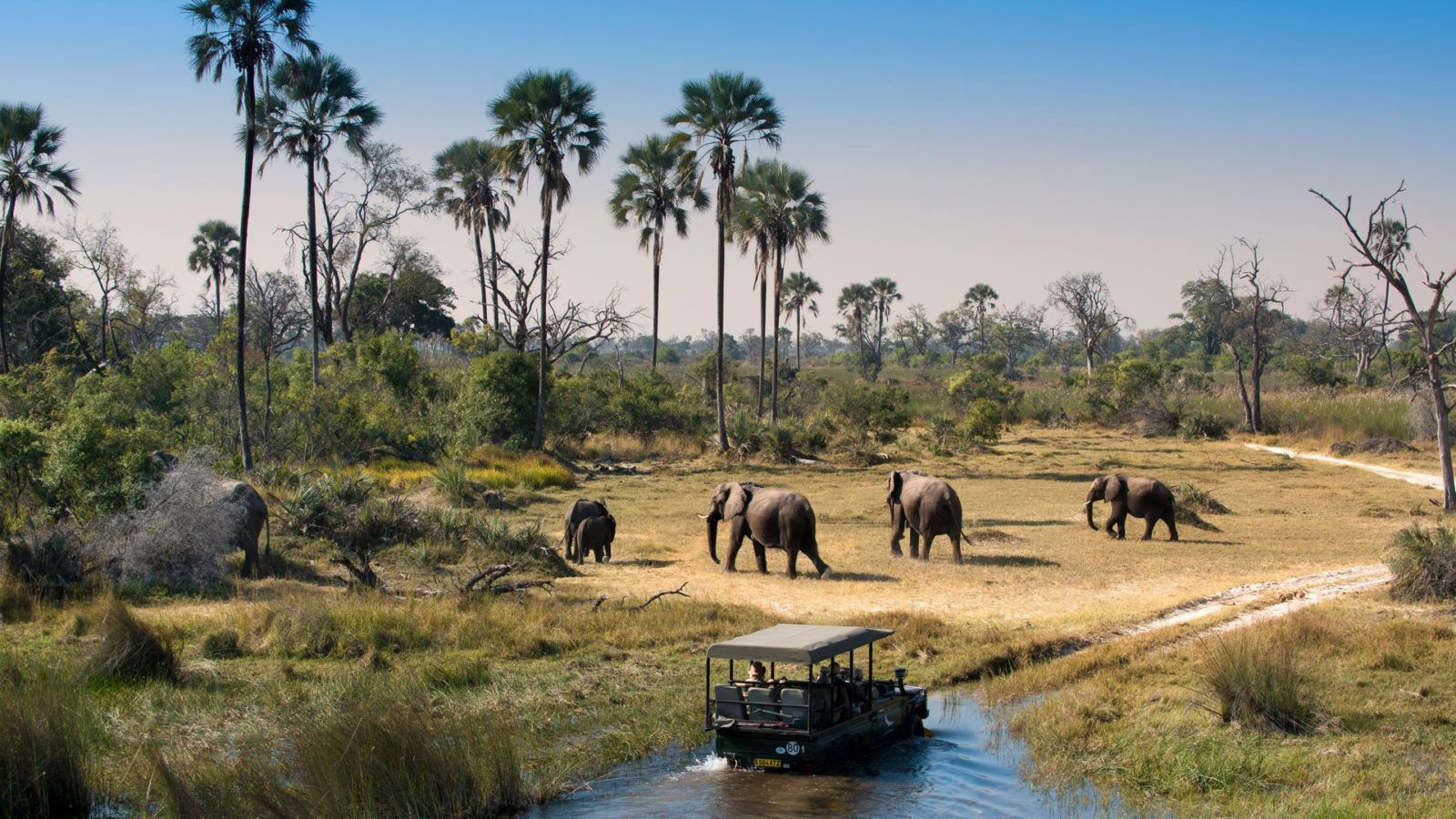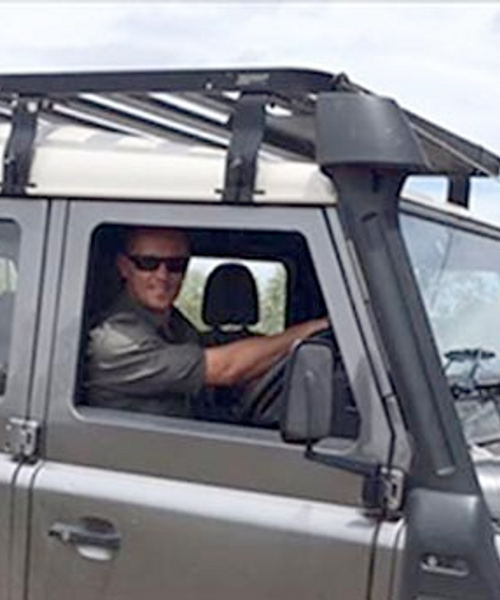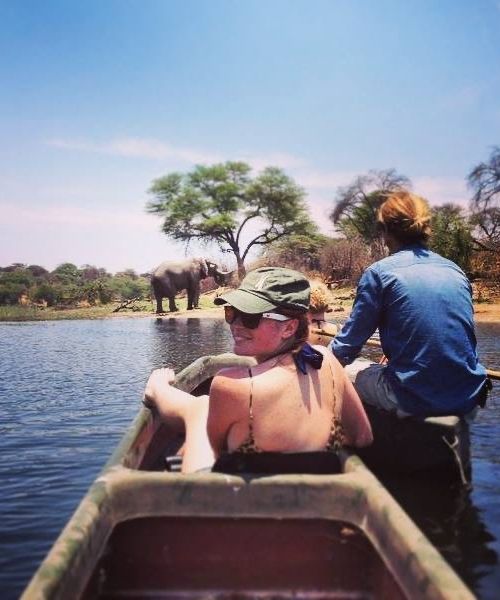
Great Annual Migration
Great Annual Migration
Simple route maps of the migration do assist in understanding the basic movement of the migration, but they don’t tell the whole story. We provide these to ensure our guests can quickly and easily get an overview of the migration path. It is however a simplified flow and shows the migration moving in a neat clockwise direction, never back-tracking or splitting and always in a given place at a specific time.
The actual migration is not that straightforward. It is all influenced by weather patterns. The rains will affect the supply of standing water and grass and the wildebeest and zebra will react accordingly. Unusual weather patterns will cause the herds to move in unpredictable patterns, back-tracking or bypassing areas they may have visited in a previous year. The main body of the migration generally follows a roughly similar route on an annual basis, but the timing can vary. Also, there are lots of subsidiary movements of herds as the migration splits, rejoins, spreads out or congregates. It is a fluid motion that is not completely predictable. Global warming may play a part in future migration patterns. In 2007, heavy flooding of the entire Serengeti and Masai Mara resulted in a high number of wildebeest drowning and affected the movements of the migration. The best way to understand the migration is to look at the previous years movements. This will give you a fair idea of where the migration was at any point in time. Our migration blog tracks the movement as it goes through this vast eco-system.
The wildebeest and zebra prefer the short grass plains of the southern Serengeti around Ndutu, Gol or southern Loliondo. This is where they would remain if water and food were available throughout the year, but it is not so they reluctantly move away while this region cannot support them. They will leave as late as they can (normally around April) and return as early as they can (normally around December). In other words, the earlier the rain arrives (November) and the longer it remains (April), the longer the wildebeest and zebra will be found in this area. This is where the wildebeest foal (normally around February and March) allowing their young to benefit from the abundant grazing and water. The migration will be dispersed over a large area around short grass plains of the southern Serengeti. They will move back and forth to graze where the grass is best. They can be as far east as Ngorongoro Conservation Area all the way to Seronera or Moru Kopje. They are in no rush. They are grazing. There is no major stampede or river crossings at this time, but the predators are very active preying on the young foals.
From around May, the rains stop and the plains of the south and east start to dry out. The wildebeest and zebra will start moving north and west, where there is more permanent water and grazing. The migration does not move as one unit. Some will move earlier than others. Some herds may even drop off from the migration completely and become resident along the way. The main body of the migration will head in westerly direction towards the Grumeti River and the western Serengeti. From here they will move north through Ikoma. But, break away herds may also head north through Loliondo or north west through Seronera. The objective is the same: To get to better grazing and water in the north of the eco-system.
By July or August, as the conditions get drier the migration will be seen around the Mara River as this has permanent water. Note that despite the permanent water here, the better short grasses in the southern Serengeti will always pull the main herds back later in the year.
The wildebeest and zebra migration do not all move into the Masai Mara at this point, leaving the Serengeti completely vacated. Especially if there is still water and grazing in the area, herds can still be seen in the Serengeti. In a good grazing year, there will still be herds as far south as Seronera. Unlike their human spectators, they will move freely between the Masai Mara (Kenya) and the Serengeti (Tanzania) often crossing rivers multiple times. This is one of the most spectacular times for the migration. The wildebeest, Zebra and Thomson’s gazelles cross the crocodile infested waters of the Mara River. Predicting when and where is not always easy as they may come down to the river to drink, turn around and head in a different direction. They don’t just go in one predictable direction and keep going. Anything can trigger them to disperse at speed. When they do decide to cross, it can be a mad scurry and then suddenly end as part of the herd move away. This backward and forward movement of game around the northern part of the eco-system (Masai Mara, the surrounding ranches and northern Serengeti) normally continues from August to November when the pending rain starts to draw them back towards the south.
Around October the bulk of the wildebeest will be moving through Loliondo and the east part of the Serengeti back to the short grass plains.
Confused? See our simplified route map of the migration.
It seems some content might be missing. If you need a hand, please feel free to email us at info@sunsafaris.com or contact us

Sun Safaris organises African & South American safaris, holidays and honeymoons. We are based in Cape Town, South Africa. Both continents are specialized and complex, yet exciting destinations. For this reason, Sun Safaris aims to help you make well-informed travel decisions by calling on our extensive knowledge and first-hand experience, providing you with up-to-date travel information, and to ensure all your enquiries and bookings are handled efficiently.
Call Us
+27 21 201 7151Email Us
info@sunsafaris.comFind out More
About UsContact Us
PO Box 52160Waterfront
8002
South Africa




